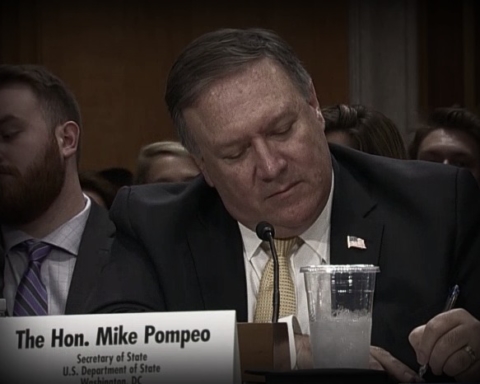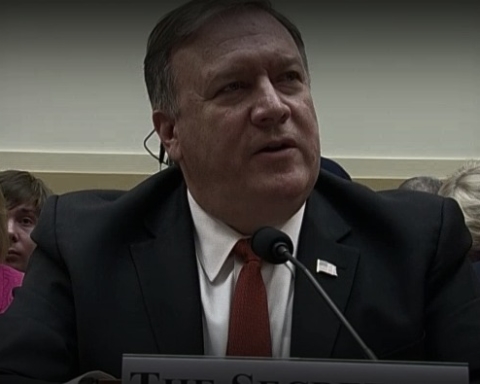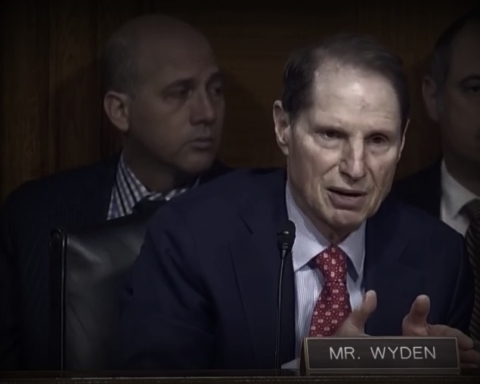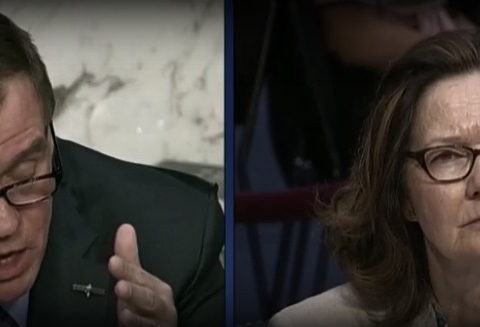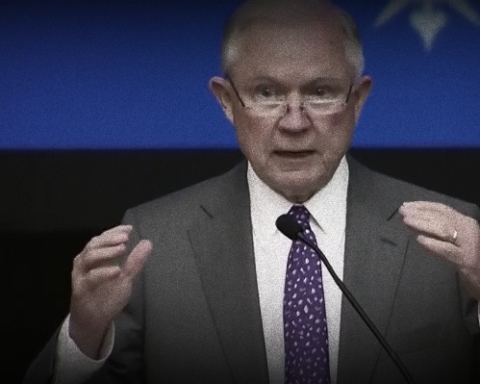Pentagon strategists have started planning for the possibility that the US will keep troops in Afghanistan “for decades” and beyond only months after President Obama reversed a withdrawal timetable that would have seen American forces pullout almost entirely by the end of this year.
Senior military commanders and ex-Obama administration officials “increasingly” see America’s role in the country as similar to those played by the US in South Korea and Colombia, The Washington Post reported Tuesday. In the former, the US has kept “tens of thousands of troops” since the 1950’s.
Driving this change in approach are officials’ fears about the Taliban’s strength and its willingness to fight, and an emerging, fringe insurgent element loyal to the Islamic State in Iraq and Syria (ISIL)–a fact that makes a decades-long pledge to Afghanistan all the more daunting.
“The difference between Afghanistan and other long-term American commitments in Korea and Colombia is that Afghanistan remains a far more dangerous and unstable place for American personnel,” the Post noted. “Even though Afghan troops have assumed the lead combat role throughout the country with US troops in an advisory role, Americans still face real dangers and have taken recent casualties there.”
The Pentagon told the paper that in November, for example, an elite US counter-terrorist force sent with Afghan counterparts to root out an al-Qaida training camp in Southeastern Afghanistan engaged in a “fierce fight” that lasted for days.
Some within the Obama administration and the Pentagon are hoping that the trajectory toward an even longer US commitment can be avoided if peace talks with the Taliban advance, but the fundamentalist group has been divided about the benefits of negotiations—especially since last summer, when news broke of the 2013 death of Mullah Omar, its long time leader.
Until last October, the administration had been planning to downsize the US contingency in Afghanistan to 1,000 soldiers by the start of 2017—a force only large enough to protect the US Embassy in Kabul. Instead, it decided to keep roughly 10,000 troops in the country until the end of this year, with additional plans to indefinitely maintain a force half that size.
The move had been widely expected, however. In March, The New York Times reported that President Obama was debating scrapping his withdrawal timetable without “a public announcement on troop numbers to avoid criticism.” In July, Army Chief of Staff Gen. Mark Milley told the Senate Armed Services Committee during his confirmation hearing that exit plans were “continually under review.” The testimony came weeks after Joint Chief of Staffs chair, Gen Joseph Dunford, called for a withdrawal “based on the conditions on the ground” in his own confirmation hearing.
“My experience has been that sometimes the assumptions you make don’t maintain, particularly with regard to time, and that’s certainly the case in Afghanistan,” Dunford said.

